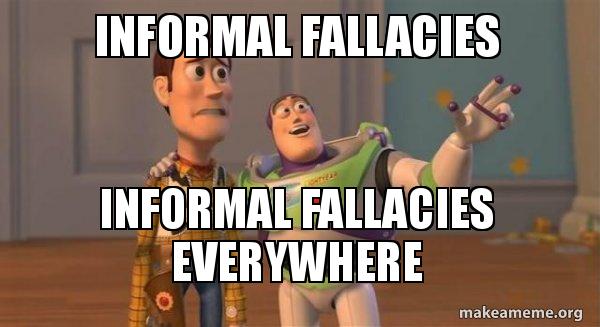Evaluating Arguments
Understanding and evaluating arguments is a crucial skill in both academic and real-world contexts.
The Toulmin method, developed by philosopher Stephen Toulmin, offers a simplified yet effective way to dissect arguments, focusing on three key components: the Claim, the Warrant, and the Grounds.
- Claim: This is the conclusion or the statement that is being argued for.
- Grounds: These are the facts or evidence supporting the claim.
- Warrant: This is the logical link that connects the grounds to the claim, often implicit.
Evaluating Universal and Categorical Language
Evaluating arguments often involves scrutinizing the language used. Universal language makes absolute statements such as “all,” “every,” or “none,” and requires strong evidence since a single counterexample can refute such claims. Categorical language, on the other hand, classifies subjects into categories, and their validity depends on accurate categorization. Misuse of these types of language can lead to overgeneralizations or incorrect assumptions.
Incorrect or Poorly Stated Warrants
Warrants are the backbone of any argument but are often the most vulnerable part, especially if they are incorrect or poorly articulated. A poorly stated warrant fails to logically connect the grounds to the claim, weakening the argument’s overall credibility.
Informal Fallacies
Informal fallacies are errors in reasoning that significantly detract from the logic of an argument.
They often involve misrepresentations, irrelevant points, or faulty connections, leading to conclusions that are not logically supported by the premises. This undermining of logical structure can mislead the audience, obscure the truth, and hinder the ability to reach a sound, well-reasoned conclusion.
Ad Hominem
This fallacy occurs when the argument attacks the person rather than addressing the argument itself. This is problematic because it diverts the discussion away from the actual issue and onto personal characteristics that are usually irrelevant to the argument’s validity.
Example: “His argument on climate change is invalid because he is not a scientist.”
False Dichotomy
This involves presenting two opposing options as the only possibilities, excluding other viable options. This fallacy limits the scope of discussion and can lead to oversimplified and misleading conclusions.
Example: “We must either ban all plastic or accept pollution.”
Unqualified Authority
Relying on the opinion of an authority figure in a field outside their expertise. This is problematic as it assumes expertise where there is none, potentially leading to misinformation or biased conclusions.
Example: “A famous actor said this medication works, so it must be true.”
